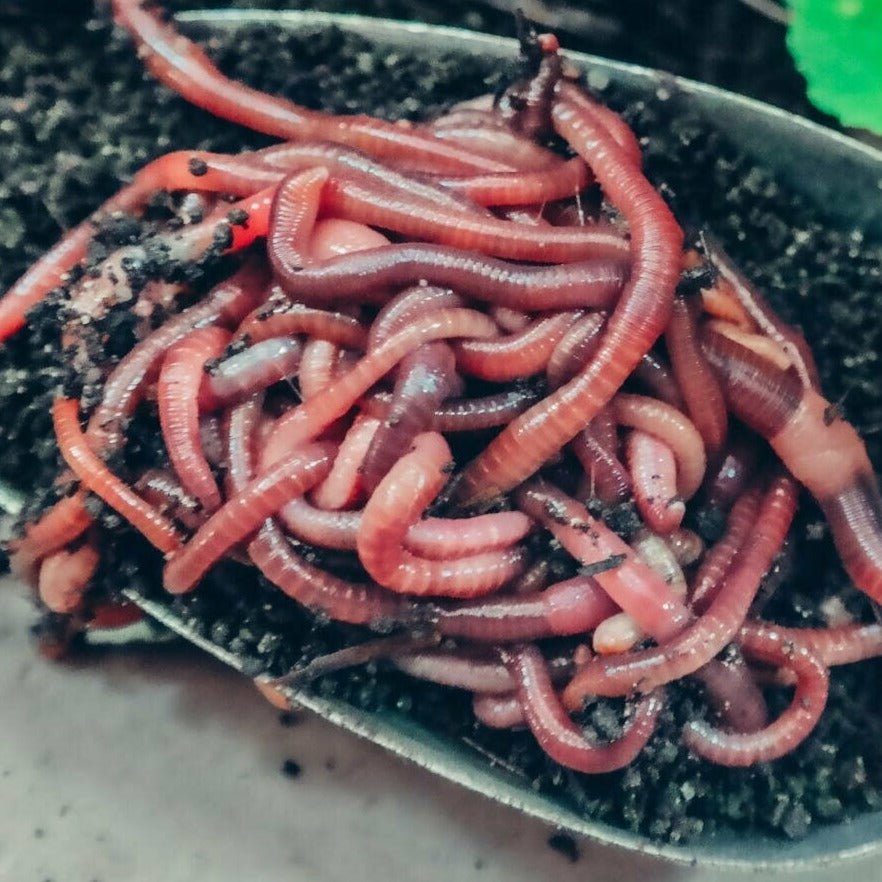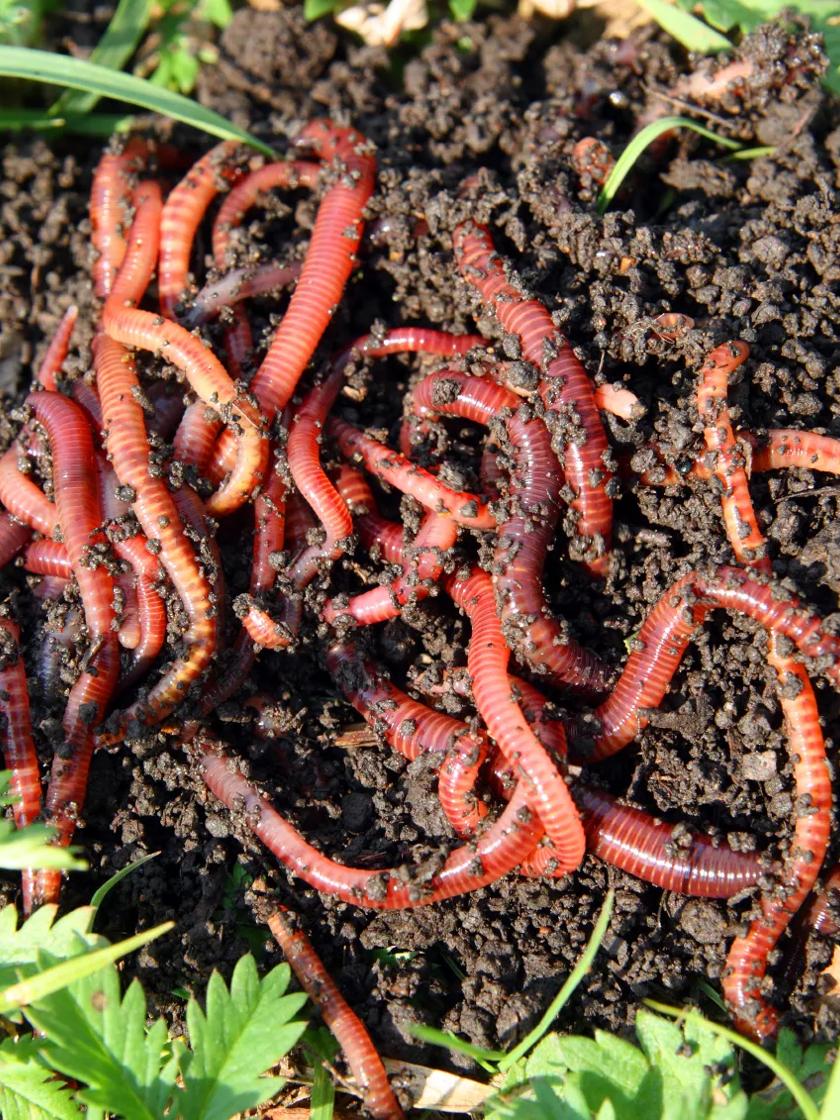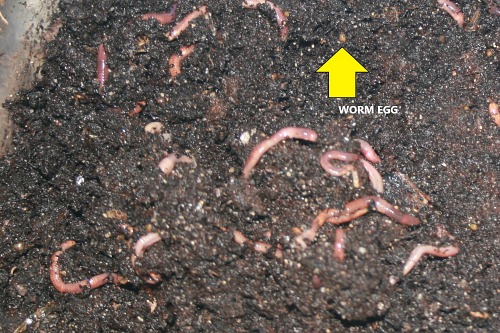Unlock the Secrets of Red Wigglers: Your Guide to Composting Success
The combination of red wigglers into composting techniques provides a considerable chance for boosting soil wellness and advertising sustainability. Recognizing their needs and habits is critical for optimizing their potential, from establishing up a proper worm container to feeding them the appropriate materials.

What Are Red Wigglers?
(Red Wiggler Express)Red wigglers, scientifically called Eisenia fetida, are a species of earthworm largely made use of in composting as a result of their impressive ability to break down raw material efficiently. These worms are identified by their reddish-brown coloration and a fractional body, commonly gauging between 3 to 4 inches in size. Unlike other earthworm species, red wigglers thrive in abundant, natural settings, making them suitable for vermicomposting systems.
Belonging To The United States And copyright, they are frequently located in decomposing leaves and garden compost piles, where they play a vital function in nutrient recycling. Their adaptation to residing in a moist, aerobic environment enables them to eat huge quantities of organic waste, breaking it down right into nutrient-rich spreadings that enhance soil health and wellness.
Red wigglers recreate rapidly, with a solitary worm efficient in producing a number of cocoons every week, each consisting of numerous hatchlings. This fast recreation price contributes to their performance in composting procedures. They like temperature levels between 60 ° F and 80 ° F, and their task level boosts considerably within this array, additional helping in the disintegration procedure. Understanding the biology and behavior of red wigglers is vital for optimizing their capacity in composting applications.
Advantages of Utilizing Red Wigglers
Using the power of red wigglers in composting uses countless advantages that boost dirt health and wellness and advertise lasting waste management. These impressive microorganisms efficiently damage down natural issue, changing kitchen scraps and backyard waste into nutrient-rich vermicompost. This ended up item is incredibly valuable for plant growth, as it improves dirt framework, increases moisture retention, and improves nutrient availability.

(Red Wiggler Express)Furthermore, the visibility of red wigglers in your composting system can increase the composting procedure, creating premium compost in a fraction of the moment contrasted to conventional methods. The spreadings created by these worms are additionally including helpful microbes that additionally improve the dirt ecological community.
Setting Up Your Worm Container
Producing an effective worm container is a straightforward procedure that can dramatically enhance your composting efforts. The primary step is picking an ideal container. Worm bins can be made from plastic storage containers, wooden boxes, or readily offered worm containers. Guarantee the bin has ample water drainage and ventilation openings to keep optimum wetness levels and air flow.
Following, prepare the bedding product, which serves as the worms' habitat. A mix of shredded paper, cardboard, and coconut coir works well, supplying a comfortable environment for the worms.

Feeding Your Red Wigglers
To make certain the health and productivity of your red wigglers, it is important to give them with a balanced diet that fulfills their dietary demands. Red wigglers prosper on a diverse variety of organic products, which not just provide essential nutrients however also promote effective composting.
Begin by incorporating kitchen scraps such as veggie peels, fruit cores, and coffee premises. Stay clear of citrus fruits, onions, and garlic, as Get More Info these can be harmful to worm health and wellness. Furthermore, present shredded paper, cardboard, and completely dry fallen leaves to create a well-aerated atmosphere.
Feeding frequency need to be checked; usually, worms can consume half their body weight in food weekly. It is important to prevent overfeeding, as excess food can bring about unpleasant smells and draw in parasites. A good method is to include food in tiny quantities, enabling worms to refine it prior to introducing more.
Maintaining dampness levels is additionally important; the bed linen needs to perspire but not soaked. Be sure to regularly check the temperature and pH degrees of the container to make certain an optimum atmosphere for your red wigglers, inevitably enhancing their composting effectiveness.
Harvesting and Utilizing Garden Compost
An effective composting process with red wigglers culminates in the abundant, dark compost known as vermicompost, which can significantly boost dirt health and plant growth. Collecting this nutrient-dense material typically happens every 3 to six months, relying on the size of your system and the amount of raw material being refined.
To gather, gently separate the compost from the worms and any kind of undecomposed products. One efficient technique includes moving the materials of the bin away and adding fresh bed linen and food to the void, urging the worms to move. After a couple of days, the compost can be collected from the contrary side.
It is important to utilize vermicompost correctly to optimize its advantages. It can be made use of as a leading clothing for yard beds, combined right into potting dirt, or made into a nutrient-rich fluid plant food referred to as "worm tea." This application method assists to supply necessary nutrients directly to plant roots, advertising much healthier growth. By integrating vermicompost into your gardening program, you not just recycle organic waste but likewise produce a growing environment that supports lasting gardening methods.
Conclusion
In recap, red wigglers offer as outstanding allies in composting initiatives, changing natural waste into nutrient-rich vermicompost. By comprehending the ideal conditions for their habitat, feeding demands, and compost harvesting techniques, garden enthusiasts can enhance soil health and advertise plant vitality.